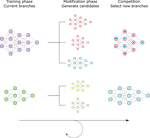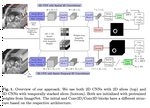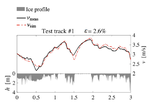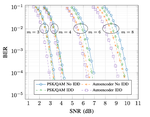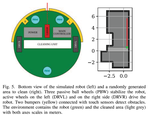Themen & Anwendungen
Learning Conversational Action Repair for Intelligent Robots (LeCAREbot)
Lernen von konversationaller Aktionsreparatur für intelligente Roboter
Modeling a Robot’s Peripersonal Space and Body Schema for Adaptive Learning and Imitation (MoReSpace)
Modellierung des peripersonalen Raumes und Körperschemas eines Roboters für adaptives Lernen und Imitation
ExtraDrey
Entwicklung und Qualifizierung von Greybox-Modellen zur Vorhersage des Werkzeugverschleißes bei der Drehbearbeitung von hochlegiertem Edelstahl mit TiAlN-beschichteten Werkzeugen
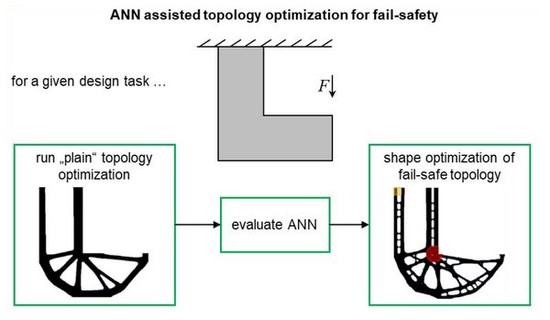
Structural Optimization for Fail-Safe Designs by Machine Learning
The overall objective of the current proposal is the development of a process for efficient topology optimization of fail-safe structures. The basic idea for this process is summarized in the figure above.
TwinGuide: Digital Twins for Autonomous Control of Fluidized Beds
Development of a framework for digital twins of fluidized beds based on flowsheet simulations and machine learning algorithms.
AI / ML for Photonics
Data-driven methods of machine learning (ML) have attracted a lot of interest in various fields of physics. Inverse design and optimisation of structured optical metamaterials such as photonic crystals, metasurfaces, and other nanostructured components seem to benefit a lot from this approach in the nearest future.
Artificial Intelligence as Mentoring Solution for Life-Long Learning
Künstliche Intelligenz als Mentoring-Lösung für das lebenslange Lernen
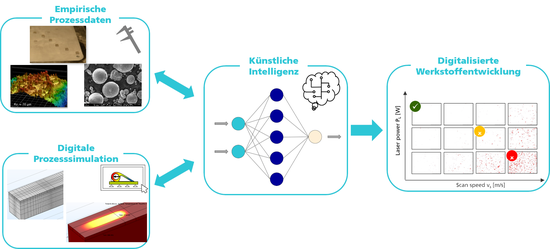
Digitizing the Development of New Aluminum Alloys for Additive Manufacturing Using Artificial Intelligence
Digitalisierung der Entwicklung neuer Aluminiumlegierungen für die additive Fertigung mittels künstlicher Intelligenz
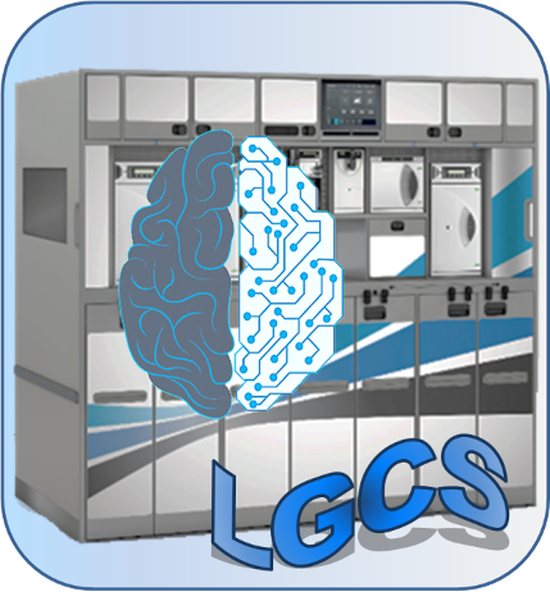
LGSC: Lernendes Galley-Catering-System
Entwurf eines selbstlernenden Galley-Catering-Systems (LGCS), das für Bordvorräte innerhalb der Kette Caterer, Fluggesellschaft, Kabinenbesatzung und Passagier pro Flugroute Daten erzeugt und kommuniziert, daraus lernt und aktiv Entscheidungen trifft
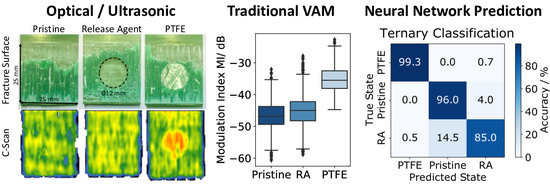
Machine Learning für die Detektion von “weak-bonds” in Klebeverbindungen von Faserverbunden
Auswertung von Messdaten für die Detektion von Klebefehlern in Strukturbauteilen mit Neuralen Netzen
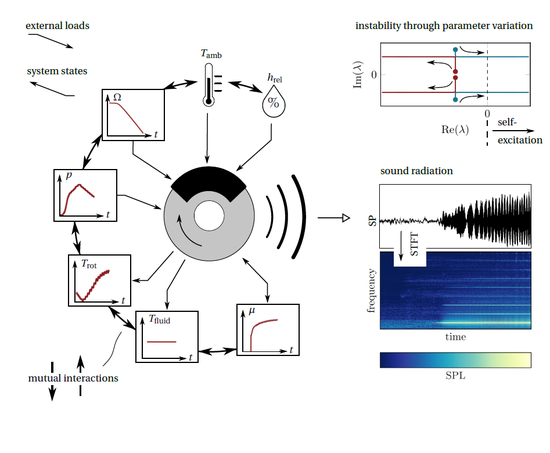
Machine Learning für Automobil-Bremsen und deren Emissionen
Im Rahmen dieses Projekts werden modernste Machine Learning (ML) und Deep Learning Methoden angewandt, um die Emissionen von Bremsstaub und Bremsgeräuschen zu verstehen (Entstehungsmechanismen, Sensitivitäten). Feinste Bremsstäube tragen in urbanen maßgeblich zur gesundheitsschädlichen Belastung der Umwelt bei, während Bremsgeräusche, wie z.
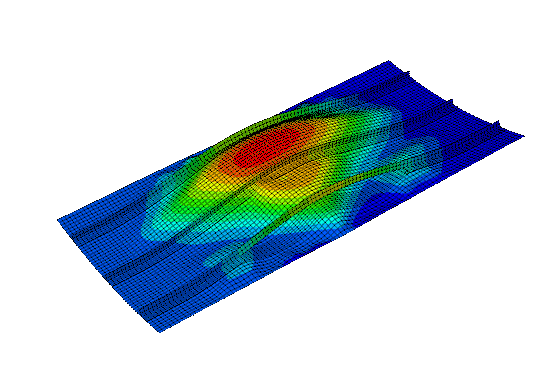
Sustainable & Cost Efficient High Performance Composite Structures - SuCoHS
Künstliche neuronale Netze zur effizienten Quantifizierung von Unsicherheiten in der Analyse von Faserverbundstrukturen
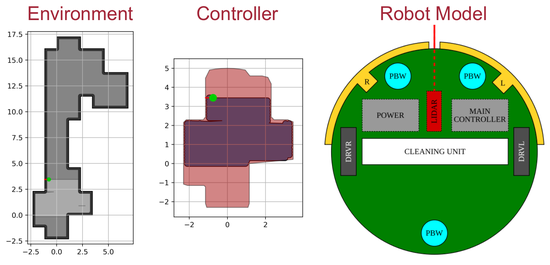
Anomaliedetektion in eingebetteten Systeme
Detektion von unerwartetem Verhalten in eingebetten Systemen - zum Beispiel durch Fehler zur Laufzeit. Maschinelles Lernen dient zunächst dazu, das nominale Verhalten automatisch zu bestimmen.
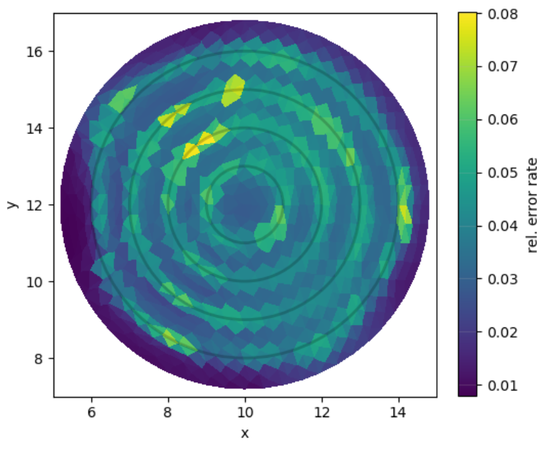
Zuverlässigkeit von Systemen beim Einsatz von Machine Learning
Wird Machine Learning in der Praxis eingesetzt, können Fehlfunktionen in der zugrunde liegenden Recheninfrastruktur die Korrektheit gefährden. Im Projekt wird dieser Zusammenhang analysiert.
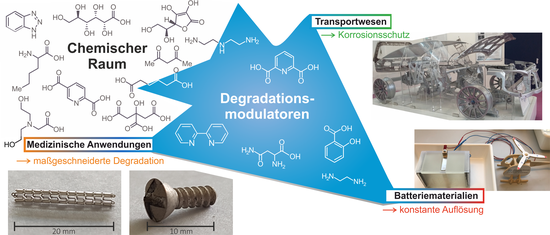
Entwicklung datengetriebener Modelle zur Identifikation umweltfreundlicher Degradationsmodulatoren
Anwendung von Methoden des maschinellen Lernens zur Vorhersage des Einflusses kleiner organischer Additive auf das Degradationsverhalten von Magnesium
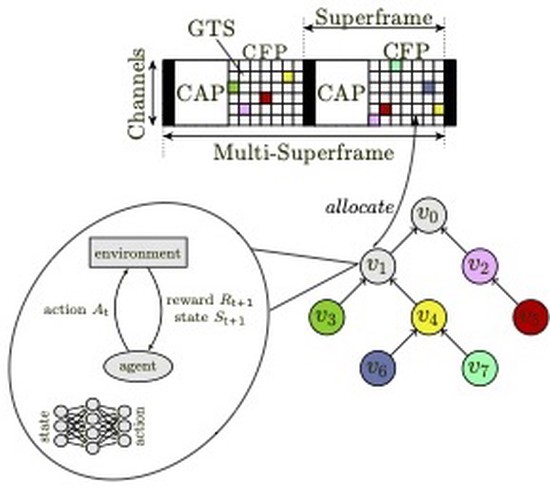
Bestärktes Lernen im industriellen Internet der Dinge
Anwendung von Techniken des bestärkten Lernens im MAC-Protkoll IEEE 802.15.4 DSME
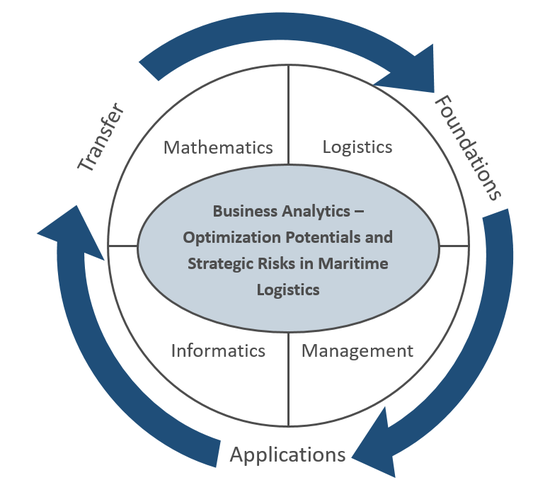
Business Analytics in der Maritimen Logistik
Optimierungspotenziale und strategische Risiken für maritime logistische Systeme
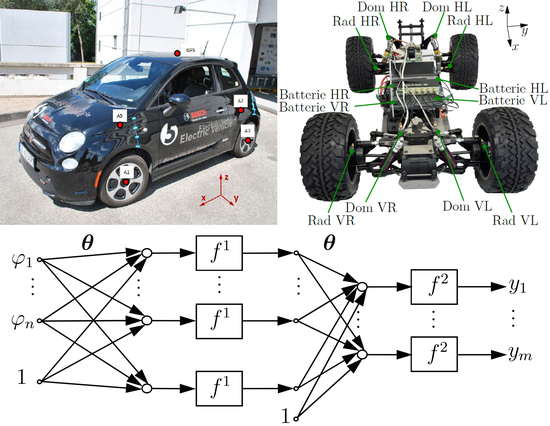
Modellierung von Schwingungssystemen mit Machine Learning Unterstützung
Neuronale Netze zur Zeitreihenprädiktion in Bezug auf mechanische Schwingungssysteme
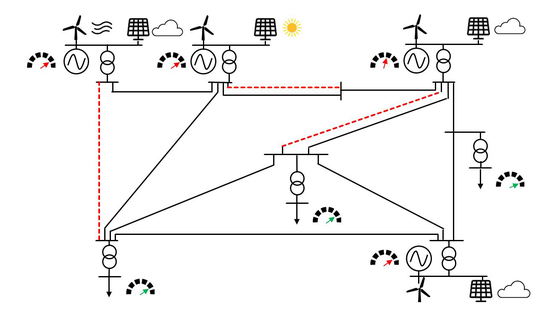
Machine Learning for Online Monitoring of Electric Power System Stability
Due to an ever increasing penetration of the electrical power system with power electronics coupled generation and transmission devices as well as loads, their dynamic behaviour will dominate the overall system dynamics in the future.
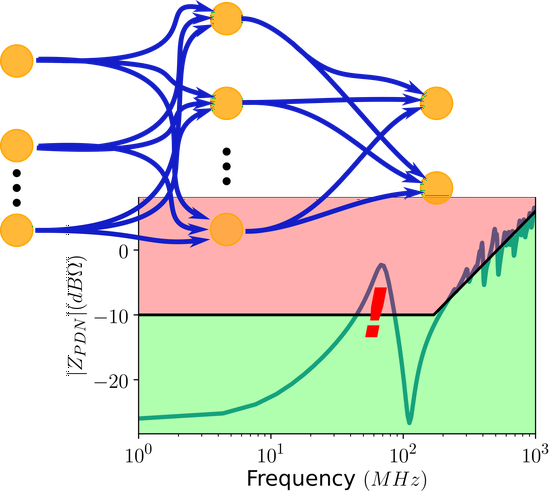
Maschinelles Lernen für die Elektromagnetische Verträglichkeit
Anwendung maschinelles Lernen im Ingenieursbereich der Elektromagnetischen Verträglichkeit
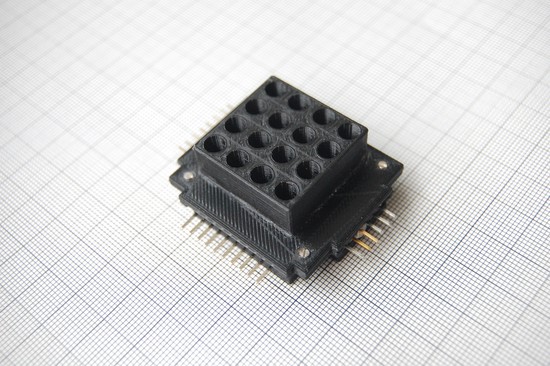
Machine Learning für ressourcenbeschränkte eingebettete Systeme
Künstliche neuronale Netze auf kleinen Microcontrollern zur Gestenerkennung.

Business Analytics
Optimierungspotenziale und strategische Risiken für maritime logistische Systeme


